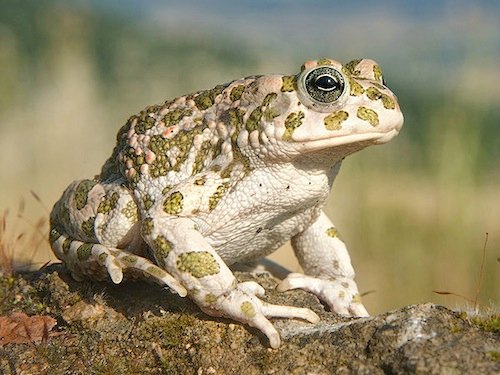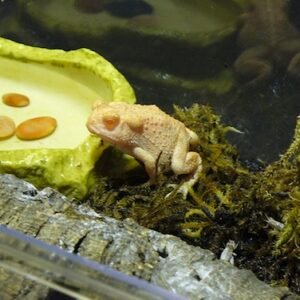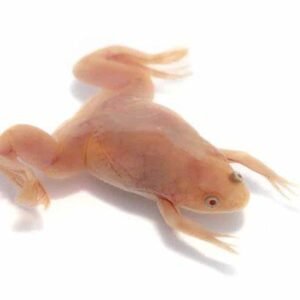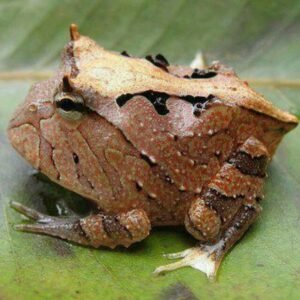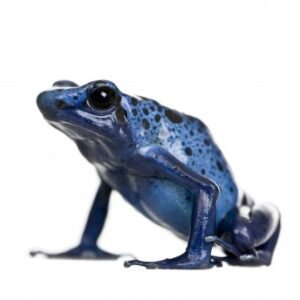Understanding the Egyptian Toad: Characteristics and Habitat
The Egyptian toad (Bufo regularis) is a fascinating amphibian native to the arid and semi-arid regions of Egypt and surrounding areas. This toad is characterized by its distinctive, robust body, which typically ranges in color from a sandy yellow to a lighter brown, often speckled with darker hues. Adult Egyptian toads exhibit a remarkable resilience, allowing them to thrive in diverse conditions, but they prefer habitats that provide some moisture, such as near irrigation channels, ponds, and oases.
One notable feature of the Egyptian toad is its skin, which contains glands that secrete a toxic substance, serving as a defense mechanism against predators. These toads can grow up to 10 centimeters in length, and their growth patterns can vary based on environmental factors and diet. Young toads, or tadpoles, initially start their lives in aquatic environments before undergoing metamorphosis to develop their characteristic traits.
In terms of behavior, the Egyptian toad is generally nocturnal, becoming active during the cooler hours of the night. They are known for their vocalizations, particularly during mating seasons, where males produce distinctive calls to attract females. These calls are essential for species identification and courtship processes. In the wild, Egyptian toads tend to be solitary, but they may congregate in breeding areas, highlighting a brief social aspect during reproduction.
As pets, the Egyptian toad can be sourced from various breeders or wildlife trade, leading to a few different variants available for enthusiasts. While care for the Egyptian toad closely mirrors that of other toads, understanding its specific habitat requirements, such as temperature, humidity, and dietary needs, can significantly enhance the well-being and longevity of this unique species in a domestic setting. This knowledge is vital for both new and seasoned amphibian keepers.
Caring for Your Egyptian Toad: Diet, Environment, and Health
The Egyptian toad, known for its distinctive appearance and relatively simple care requirements, necessitates a well-rounded approach to diet, habitat, and health maintenance. To ensure that your toad thrives, it is essential to curate a balanced diet consisting primarily of live insects. Preferred food options include crickets, mealworms, and fruit flies, all of which fulfill their nutritional needs. Adult toads typically require feeding two to three times a week, while younger specimens may need daily feedings to support their growth. It’s also beneficial to dust the insects with calcium and vitamin D3 supplements before feeding to promote bone health and overall vitality.
Creating an ideal living environment is crucial for the well-being of your Egyptian toad. A terrarium that replicates its natural habitat will greatly contribute to its health. A suitable setup includes a minimum of a 20-gallon tank, equipped with a substrate such as coconut fiber or sphagnum moss to retain humidity. Maintaining consistent temperature between 75°F to 80°F during the day and slightly cooler at night is vital, along with a humidity level of approximately 60-70%. Incorporating hiding spots made from plants or rocks will provide security and reduce stress for your pet.
Health maintenance is another pivotal aspect of toad care. Regular monitoring for signs of illness, such as lethargy, abnormal swelling, or unusual skin texture, can help identify health issues early. Common health concerns for Egyptian toads include skin infections and parasites, which necessitate prompt veterinary intervention. Ensuring clean water sources and maintaining temperature and humidity levels in the terrarium will further support your toad’s health. By adhering to these care guidelines involving diet, environment, and healthcare, pet owners can create a safe and nurturing space for their Egyptian toad, enhancing its quality of life.

